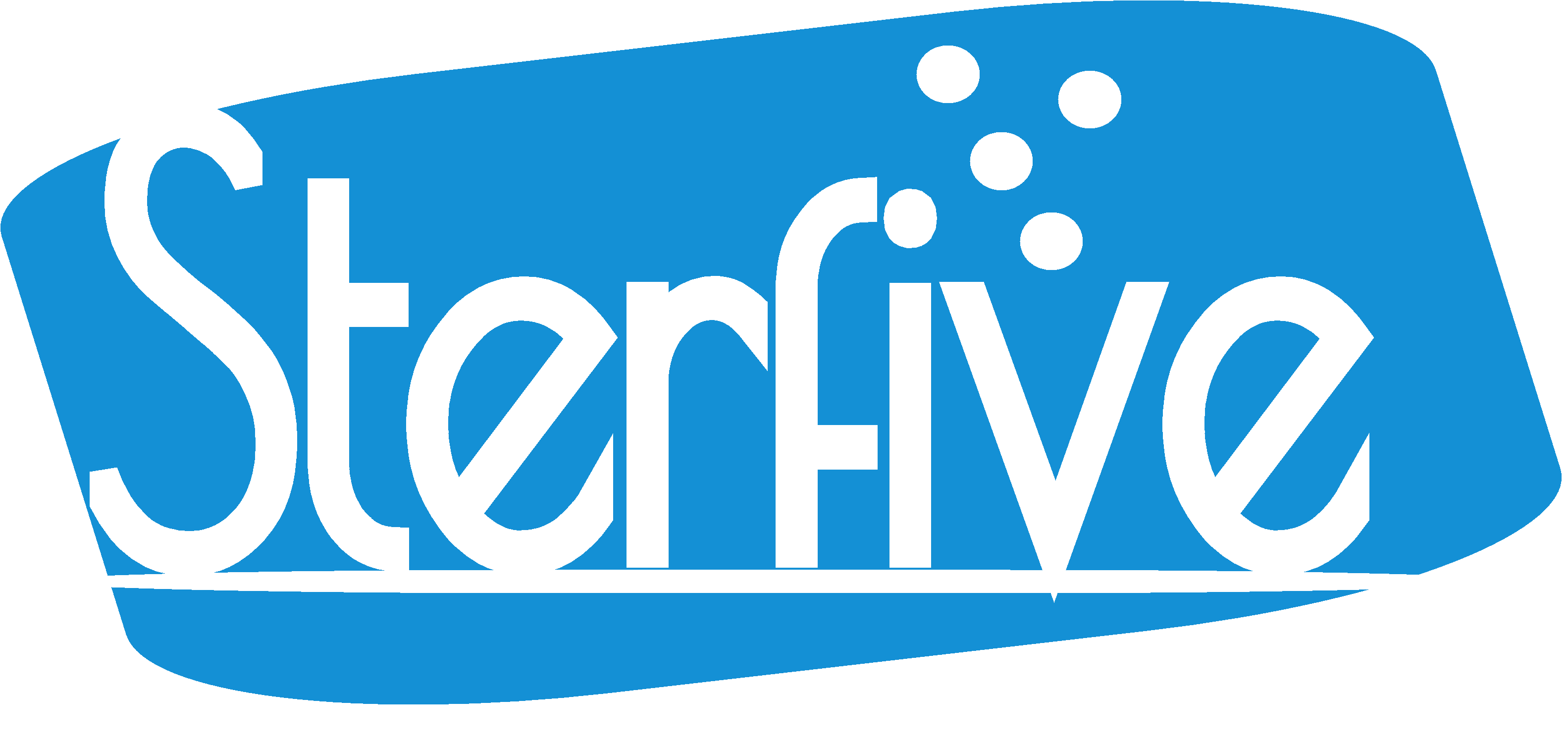Hierarchy
-
EventEmitter
- ClientSecureChannelLayer
Index
Constructors
Properties
Accessors
Methods
Constructors
constructor
-
Parameters
-
options: ClientSecureChannelLayerOptions
Returns ClientSecureChannelLayer
-
Properties
channelId
endpointUrl
protocolVersion
Readonly securityMode
Readonly securityPolicy
securityToken
Static defaultTransactionTimeout
Static defaultTransportTimeout
Static minTransactionTimeout
Accessors
bytesRead
-
Returns number
bytesWritten
-
Returns number
isConnecting
-
true if the secure channel is trying to establish the connection with the server. In this case, the client may be in the middle of the backoff connection process.
Returns boolean
timedOutRequestCount
-
Returns number
transactionsPerformed
-
Returns number
Methods
abortConnection
-
Parameters
-
callback: ErrorCallback
Returns void
-
cancelPendingTransactions
-
Parameters
-
callback: ErrorCallback
Returns void
-
close
-
Close a client SecureChannel ,by sending a CloseSecureChannelRequest to the server.
After this call, the connection is closed and no further transaction can be made.
Parameters
-
callback: ErrorCallback
Returns void
-
closeWithError
-
Parameters
-
err: Error
-
callback: ErrorCallback
Returns void
-
create
-
establish a secure channel with the provided server end point.
Parameters
-
endpointUrl: string
-
callback: ErrorCallback
the async callback function
Returns void
-
dispose
-
Returns void
getCertificate
-
Returns Buffer
getCertificateChain
-
Returns Buffer
getClientNonce
-
Returns Buffer
getDisplayName
-
Returns string
getPrivateKey
-
Returns string
isOpened
-
Returns boolean
isTransactionInProgress
-
Returns boolean
isValid
-
Returns boolean
performMessageTransaction
-
perform a OPC-UA message transaction, asynchronously. During a transaction, the client sends a request to the server. The provided callback will be invoked at a later stage with the reply from the server, or the error.
preconditions:
- the channel must be opened
Parameters
-
request: Request
-
callback: PerformTransactionCallback
Returns void
toString
-
Returns string

a ClientSecureChannelLayer represents the client side of the OPCUA secure channel.